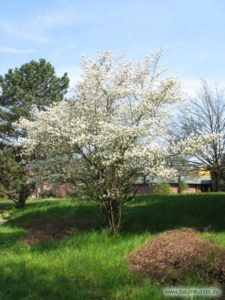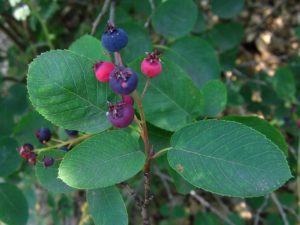Donna’s Plant of the Month – Serviceberry
go.ncsu.edu/readext?674564
en Español / em Português
El inglés es el idioma de control de esta página. En la medida en que haya algún conflicto entre la traducción al inglés y la traducción, el inglés prevalece.
Al hacer clic en el enlace de traducción se activa un servicio de traducción gratuito para convertir la página al español. Al igual que con cualquier traducción por Internet, la conversión no es sensible al contexto y puede que no traduzca el texto en su significado original. NC State Extension no garantiza la exactitud del texto traducido. Por favor, tenga en cuenta que algunas aplicaciones y/o servicios pueden no funcionar como se espera cuando se traducen.
Português
Inglês é o idioma de controle desta página. Na medida que haja algum conflito entre o texto original em Inglês e a tradução, o Inglês prevalece.
Ao clicar no link de tradução, um serviço gratuito de tradução será ativado para converter a página para o Português. Como em qualquer tradução pela internet, a conversão não é sensivel ao contexto e pode não ocorrer a tradução para o significado orginal. O serviço de Extensão da Carolina do Norte (NC State Extension) não garante a exatidão do texto traduzido. Por favor, observe que algumas funções ou serviços podem não funcionar como esperado após a tradução.
English
English is the controlling language of this page. To the extent there is any conflict between the English text and the translation, English controls.
Clicking on the translation link activates a free translation service to convert the page to Spanish. As with any Internet translation, the conversion is not context-sensitive and may not translate the text to its original meaning. NC State Extension does not guarantee the accuracy of the translated text. Please note that some applications and/or services may not function as expected when translated.
Collapse ▲Each month Donna Teasley will spotlight a featured plant of the month. For April, we will be looking at:
Serviceberry-Amalanchier Arborea
One of the earliest signs of spring is flowering of the Serviceberry, a native plant to North Carolina. This small, deciduous tree bursts into bloom with showy star-shaped flowers late winter and early spring. The displays of distant white that pop up on hillsides and forest edges is most likely the Serviceberry.
A low maintenance plant, Serviceberry usually makes a large shrub in the wild due to sucker growth from its roots. In the home landscape, minor pruning of these suckers will produce a small tree from 15 to 25 feet tall. It likes sun to part shade in a well-drained soil.
Serviceberry is a valuable food source for wildlife with its reddish-purple berries that appear in early summer. They are sweet and delicious but humans rarely beat the birds to the fruit. It is also valued for its bird habitat. It is a favorite nesting site for songbirds.
Serviceberry is also a great nectar source for pollinators and is a host plant for the larvae of the Red Spotted Purple and Viceroy butterflies.
It’s got a lot going for it. Attractive flowers, great fall color and a wonderful resource for wildlife, Serviceberry is well worth taking a chance on this growing season.






